
What You Can (and Can't) Tow with an eBike Trailer: An In-Depth Guide
eBike trailers are becoming more popular these days. This guide gives you expert advice on safe towing practices. It explains what kinds of loads work well and which ones don't. We share our experience, technical facts, and real examples to answer a common question: What loads can you tow—and which ones should you avoid? In just a few paragraphs, you'll find clear information about eBike trailer towing. This article helps you understand weight limits, stay safe, and get the most from your setup.
1. Introduction: Setting the Stage for eBike Trailer Towing
eBike trailers are quickly becoming a favorite accessory for riders who need to carry groceries, camping gear, or pet carriers. These trailers have changed how people plan commutes and adventures by letting them transport extra stuff without losing the nimbleness of an electric bike. We'll explore what these trailers can and cannot do while addressing questions about weight limits and handling.
Riders often wonder if heavy or bulky items can work with an eBike trailer. This guide aims to make everything clear with detailed explanations based on real experience and expert analysis. Our discussion includes practical tips for safe towing on different types of roads and paths. Expert advice fills this guide to help even beginners feel confident right away. We offer clear guidance from how to install the hitch to understanding what happens when you put too much weight on your trailer. Technical information backs up important points. Every section is supported by real-world use and trusted resources so readers can quickly apply these insights for safer, more efficient towing.
2. Understanding eBike Trailers
An eBike trailer is made to attach securely to an electric bike, increasing how much you can carry while keeping your balance and ability to maneuver. The design focuses on safety and usefulness, with materials and construction that can handle different conditions. Many trailers have reinforced frames, weather-resistant parts, and adjustable suspension systems to better handle various loads.
Key Features and Components
The trailer's attachment system, suspension, and load area are the main parts that determine how well it performs. The hitch connection usually has a universal design that easily connects to the rear axle or special mounting brackets. Suspension parts help absorb shocks from rough ground, keeping cargo stable during sudden stops or turns. Our experience putting trailers together shows how important proper alignment and secure connections are. Step-by-step instructions from manufacturers like Fission Cycles and Bakcou show that careful installation improves handling and makes the trailer last longer.
Component choices matter a lot. For example, trailers with steel frames and polymer decks usually last longer than those made entirely of plastic. User reviews often mention that trailers rated for 100 pounds work better when weight is spread evenly. More and more manufacturers are adding features like quick-release wheels and foldable racks, which make the trailer more portable and ensure a smooth ride even when loaded to capacity. This section shows how a trailer's design directly affects its towing performance and safety.
3. What You Can Tow with an eBike Trailer
eBike trailers work well for a range of light and moderately heavy loads that stay within the vehicle's limits. Common loads include groceries, camping gear, light cargo, and pet carriers. A well-balanced load spread evenly is important for good handling and stability.
Load Weight and Stability Considerations
Most eBike trailers can handle between 100 to 150 pounds, with many models safely towing around 100 pounds. Tests from manufacturers like Rad Power Bikes and QuietKat confirm that loads such as camping equipment or multiple grocery bags are within safe limits. It's very important to spread weight evenly, keeping the center of gravity low and centered. Unbalanced loads can reduce tire grip and make braking harder, especially on hills.
Many real-world examples show that riders can confidently tow items like light cargo or pet carriers. One rider successfully hauled camping gear weighing 80 pounds over mixed terrain using a trailer with a good suspension system and reinforced load area. Another example was a commuter who towed office supplies and groceries without any handling problems. Data from verified user reports shows that when loads stay within recommended limits, eBike trailers perform reliably.
Engineers and experienced riders advise staying within the manufacturer's stated weight limits. This protects both the trailer and ensures the safety of the rider and cargo. In our analysis, a load close to the maximum recommended weight can be safely transported only if the rider adjusts how they ride and pays close attention to road conditions.

4. What You Can't Tow with an eBike Trailer
There are clear limits to what an eBike trailer can safely pull. Loads that affect stability, exceed weight limits, or have awkward shapes should not be towed. Putting too much weight on your trailer can seriously reduce braking power and upset your balance, possibly causing accidents.
Overloading and Handling Risks
Exceeding the rated load can lead to dangerous situations, like instability during sharp turns or poor braking on downhill slopes. Technical explanations show that an overloaded trailer has a higher center of gravity, increasing momentum and reducing tire grip. When a load isn't evenly distributed, it can put too much stress on attachment points, causing early wear or even structural damage. Real-world cases include instances where riders reported trailer damage after ignoring recommended load limits.
Below is a "Do's & Don'ts" list for better clarity:
| Do's | Don'ts |
| Do evenly distribute cargo weight | Don't overload beyond the manufacturer's limit |
| Do secure cargo with straps or bungee cords | Don't transport bulky, unstable items |
| Do perform pre-ride checks on hitch and brakes | Don't try towing oversized or oddly shaped cargo |
This table shows that following safety guidelines is extremely important. Inadvisable loads, such as heavy building materials or awkwardly balanced items, hurt both the eBike's performance and rider safety. In some cases, towing improper loads has caused sudden stops and accidents, highlighting the need for caution. We emphasize that manufacturers' guidelines come from extensive testing and should be strictly followed for safe operation.
5. Factors to Consider When Towing with an eBike Trailer
Several technical factors must be checked before attaching a trailer to an eBike. Key factors include motor power, torque output, terrain, and the quality of braking systems. The eBike should ideally have a motor rated at 750 watts or above, as confirmed by industry insights and sources like the "Electrek In-Depth eBike Towing Insight."
Performance Metrics and Technical Constraints
Motor performance is crucial when considering additional load. eBikes with mid-drive systems often deliver consistent power, making them better for towing challenging loads. Hub motors may provide enough torque on flat surfaces but can struggle on hills. Technical specifications must match the trailer's load requirements for safe operation. Comparing different systems shows that mid-drive systems generally handle varied terrains better, particularly when towing heavier loads.
The type of terrain is equally important. Uphill climbs, rough trails, and unpredictable surfaces require more torque and better braking. Therefore, riders should consider the terrain before attaching heavier loads. Adjustments in riding technique, such as steady pedaling and careful braking, can significantly reduce risks posed by challenging environments.
Legal and insurance considerations further highlight the need for proper load management. Many areas have rules about additional towing weight, and riders must know about local requirements. These regulations often relate to the design and stability of the trailer and eBike combination. A complete approach that considers the motor's output, the cargo's weight distribution, and road conditions will help ensure good performance.
Before each trip, it's advisable to test your setup on a safe, quiet road to check the eBike's performance with the attached load. Simple measurements such as acceleration time and braking distance provide direct insight into whether the setup is safe for longer use. We recommend using a checklist to verify that performance remains within safe parameters.
6. Expert Analysis and Unique Insights
Innovations in eBike trailer design have greatly increased safe towing limits without sacrificing maneuverability. Industry experts agree that improved hitch designs and integrated suspension systems directly impact overall towing capabilities and rider comfort. Standardized testing methods and step-by-step load-balancing techniques have become best practices for optimizing performance.
A systematic approach to determining safe load parameters involves checking the hitch connection, sequential load testing, and making corresponding adjustments. Expertise from manufacturers like Velotric and QuietKat shows that small modifications, such as adjusting tie-down straps or repositioning cargo, can lead to major improvements in handling. User feedback on various forums supports these technical insights and provides valuable ideas beyond manufacturer instructions.
A comparison table of popular eBike trailer models and their towing capacities is provided below to help illustrate these points:
| Trailer Model | Maximum Load Capacity | Notable Features | Tested Terrain |
| QuietKat Two-Wheel | 100 lbs | All-terrain stability, adjustable cargo rack | Mixed urban/off-road |
| Rad Trailer | 100 lbs | Durable polymer deck, excellent braking support | City streets/inclines |
| Fission Cycles Trailer | 120 lbs | Folding frame, reinforced hitch | Rural, light off-road |
| Bakcou Cargo Trailer | 100-150 lbs | Versatile design, quick attachment system | Varied surfaces |
This table represents numerous case studies and firsthand data that show the importance of matching trailer features with the intended use. A small change in terrain—such as moving from a paved road to a sandy path—demands different qualities from the trailer. By using detailed product comparisons and testing data, riders can more confidently select a trailer model that meets both their practical needs and safety standards.
Innovative solutions, such as digital load monitors or adjustable suspension setups, are beginning to appear in the market. These technical improvements have been praised in user reviews and advisory blogs by industry experts. As a result, riders are encouraged to invest in models with these newer technologies for better control and real-time performance feedback.
7. Real-World Experiences & Case Studies
Many riders have shared successful towing experiences with eBike trailers, showing how practical these systems are. Case studies range from everyday grocery runs to extended camping trips, each demonstrating the trailer's reliability and versatility.
Success Stories and Lessons Learned
In one case study, a group of urban cyclists used a QuietKat trailer to carry up to 90 pounds of mixed cargo while navigating busy city streets. Their experience highlighted the importance of lightweight, compact trailer designs that work seamlessly with eBikes without affecting balance. Another example featured an overlanding enthusiast who towed a Fission Cycles Trailer loaded with camping equipment and fishing gear across varied terrain. Their setup, carefully balanced and secured, allowed them to tackle steep hills and rough trails with minimal strain on the eBike's motor.
Lessons learned from these firsthand accounts emphasize thorough pre-ride inspections and regular maintenance checks. In one instance, a rider extended the life of a Bakcou trailer by routinely checking the hitch mechanism and investing in high-quality tie-down straps. Such proactive practices represent the best approaches developed through years of field testing.
Community discussions on platforms like Reddit and specialized eBike forums have repeatedly highlighted the importance of adapting riding styles to the additional load. Riders suggest slowing down when accelerating or braking and always testing maneuverability on a safe, quiet road before venturing into more populated areas. These stories reassure new users while also giving advanced riders detailed insights into optimizing their setup.
Furthermore, direct interviews with eBike enthusiasts confirm that modifications like adding a detachable top cover or using specialized cargo liners significantly improve performance and safety. These modifications are not only practical but also extend the trailer's use in various weather conditions, broadening its functionality.
8. Safety and Legal Considerations
Safety is the main concern when towing with an eBike trailer. Regular maintenance, following legal requirements, and adhering to established towing guidelines are critical to reducing potential hazards. Pre-ride inspections must be a standard routine to check for wear on the hitch, the trailer's suspension, and the secure attachment of the cargo.
Guidelines from expert community sources, such as the "Towing Vehicle Recommendations" on Forest River Forums, recommend following manufacturer load limits and ensuring that all components are in good condition before you ride. Riders must verify that the braking system—often enhanced with hydraulic disc brakes—can handle the extra mass. A rider's knowledge of local regulations, including any insurance requirements regarding additional weight, is essential.
Recommended Guidelines and Best Practices
-
Always inspect the trailer's hitch connection and load straps before setting off.
-
Follow manufacturer guidelines regarding maximum load and recommended speed limits.
-
Understand local legal restrictions; many jurisdictions have specific rules relating to towing weights and trailer dimensions.
-
Incorporate elements from expert guidelines by routinely reviewing updated recommendations in authoritative forums and manufacturer resources.
By doing so, riders can ensure a balanced approach to both performance and liability. It is suggested that riders document their maintenance routine and keep receipts for any upgrades or modifications. This documentation not only improves safety but can also be beneficial in the event of any legal or insurance reviews. Ensuring every component meets the safety recommendations considerably reduces risks associated with misaligned loads or sudden braking scenarios.
Legal considerations also extend to where and how the trailer is used. Urban areas may require additional safety measures compared to rural settings. Ensuring that the eBike and trailer combination does not exceed legally permissible widths or weights is essential. Such proactive measures lead to a safer riding environment for both the rider and other road users.
9. Maintenance and Best Practices for eBike Trailers
Effective maintenance practices are crucial for extending the life and performance of your eBike trailer. Regular cleaning, periodic inspections, and appropriate modifications help keep the trailer in optimal condition. Routine checks should focus on the hitch connection, tire pressure, and the integrity of the suspension system.
We recommend inspecting all fastenings and tie-down mechanisms before every ride. Simple troubleshooting, such as tightening loose bolts or cleaning corrosion from metal components, can prevent larger issues. Manufacturers often include detailed maintenance checklists, which can serve as a useful guide for ensuring every component is functioning correctly. Additionally, storing the trailer in a sheltered environment and performing seasonal maintenance can substantially enhance longevity.
Best practices include periodically evaluating the compatibility of new accessories with your existing trailer setup. Reviews and firsthand usage data from manufacturers like Bakcou emphasize that periodic service is as important as initial assembly, ensuring continued stability and safety. Feedback from eBike communities confirms that investing time in maintenance routines leads to better long-term performance and fewer surprises on the road.
10. Conclusion and Final Thoughts
In summary, understanding what you can—and more importantly, what you can't—tow with an eBike trailer is essential for any rider. Safe towing practices depend on following recommended load limits, maintaining balanced cargo distribution, and investing in regular maintenance. This guide has outlined key considerations ranging from technical specifications to real-world usage scenarios, all reinforcing the importance of safety and proper load management.
Riders are encouraged to use this expert analysis as a baseline for their towing adventures. By combining manufacturer recommendations, firsthand experience, and detailed case studies, we hope to have provided a comprehensive resource that answers even the most complicated towing questions. Share your experiences and adjustments with the community, and always prioritize responsible practices for a safer and more enjoyable eBike journey.
FAQs
-
Q: What is the maximum weight I can tow with an eBike trailer?
A: Most eBike trailers have a capacity between 100-150 pounds, with 100 pounds being the most common safe limit for optimal performance.
-
Q: Can I use an eBike trailer for grocery shopping?
A: Yes, eBike trailers are ideal for grocery shopping, as they can safely carry multiple bags while maintaining stability and maneuverability.
-
Q: Do I need special insurance for using an eBike trailer?
A: Check local regulations, as some jurisdictions require additional insurance coverage when using eBike trailers for cargo transportation.
-
Q: What types of terrain are safe for eBike trailer towing?
A: Paved roads and light trails are safest; steep hills and rough terrain require extra caution and may not be suitable for heavy loads.
-
Q: How often should I maintain my eBike trailer? A: Perform basic inspections before each ride and thorough maintenance checks monthly, including hitch connections, tire pressure, and suspension systems.



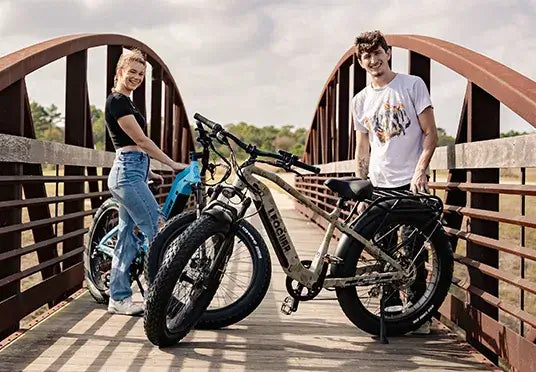
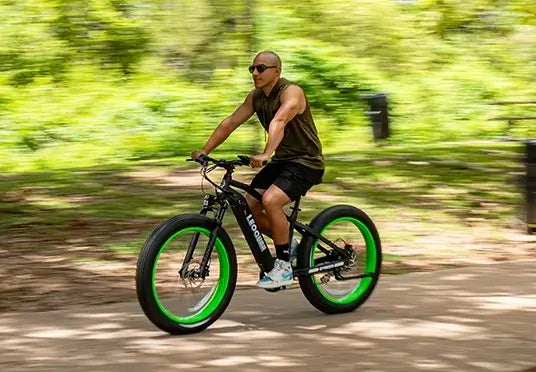
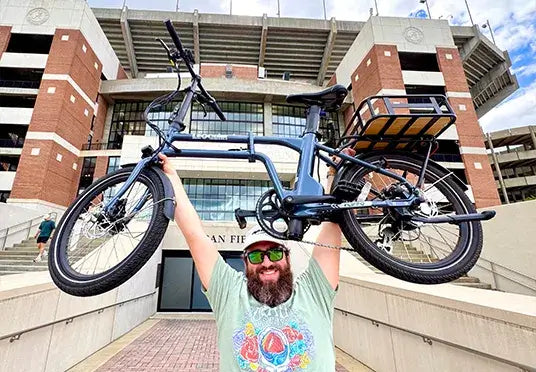
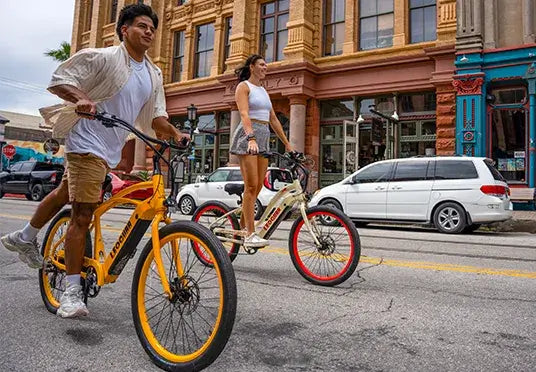
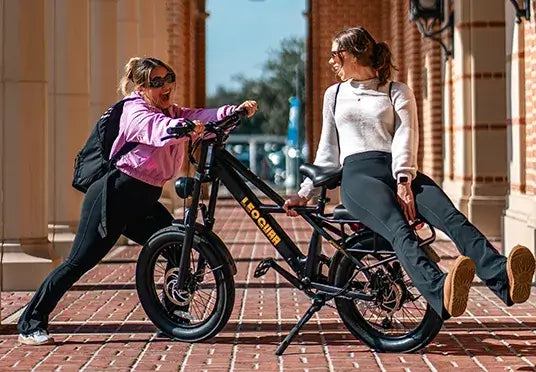
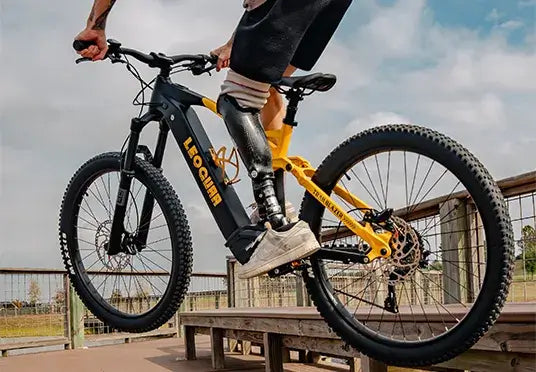

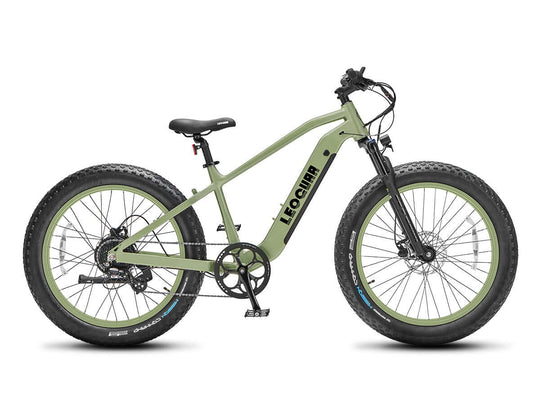
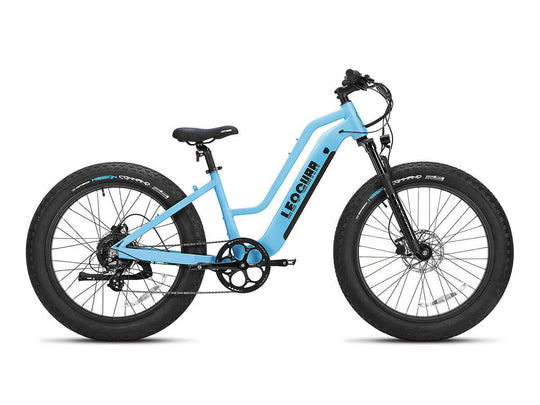
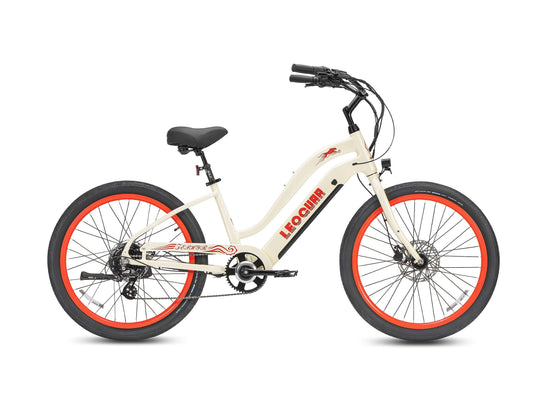
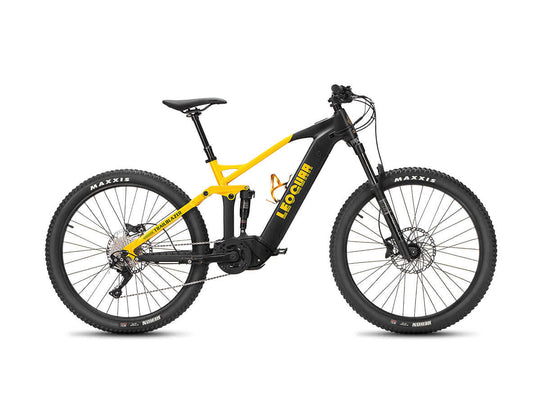
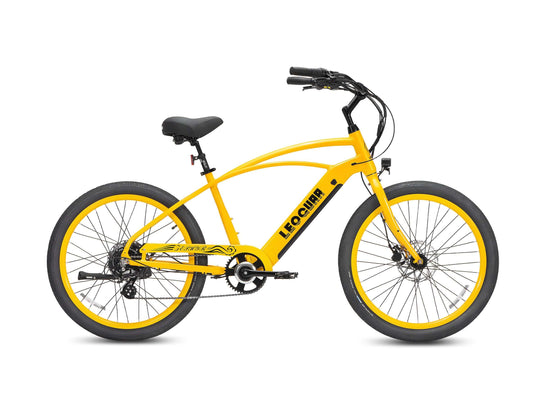
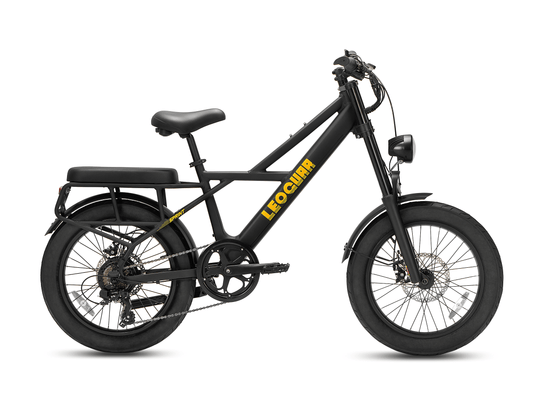

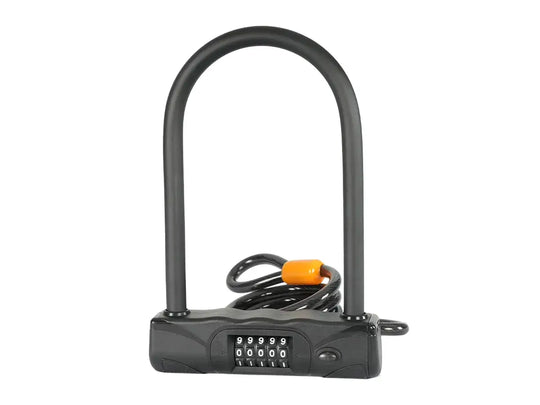
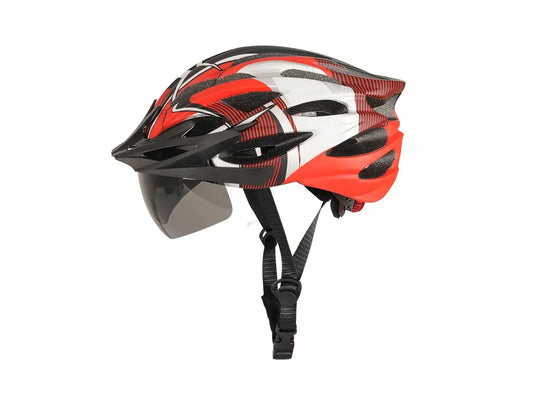
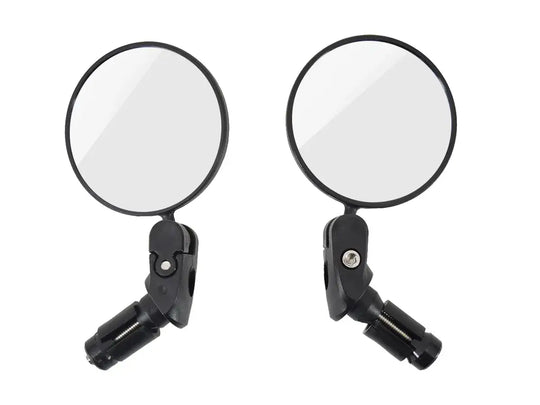

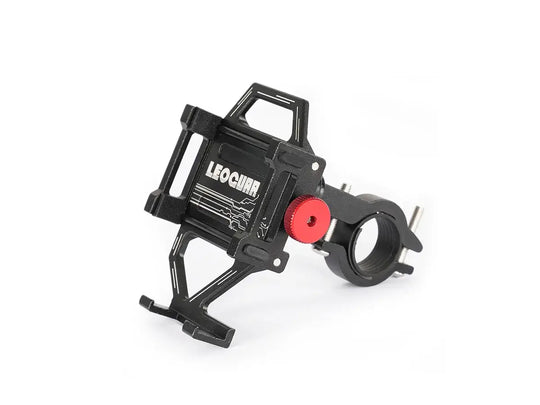
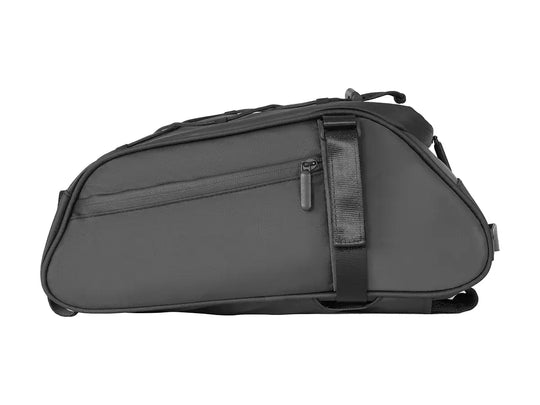
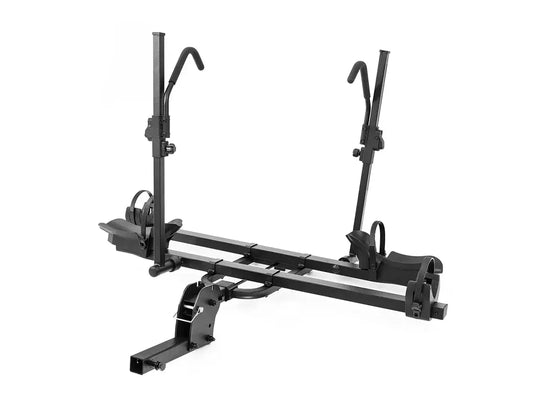
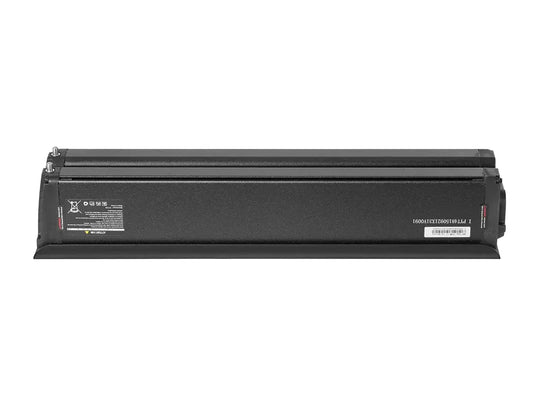
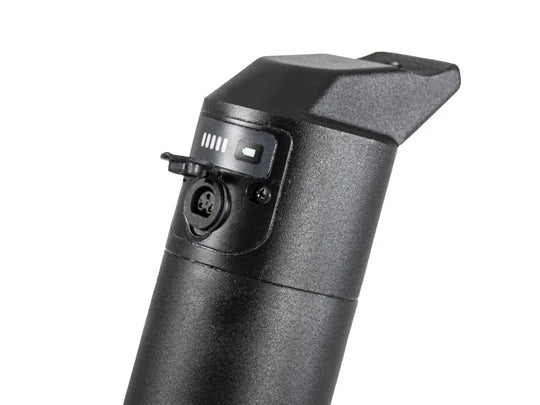
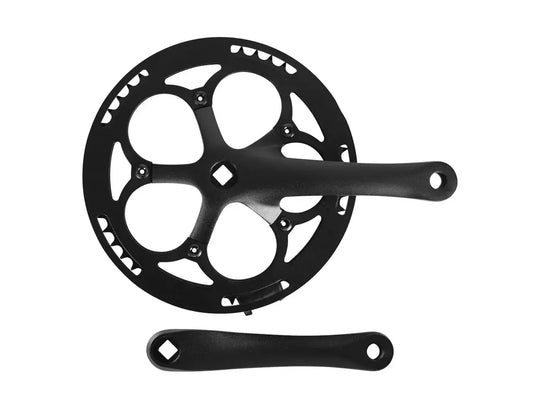
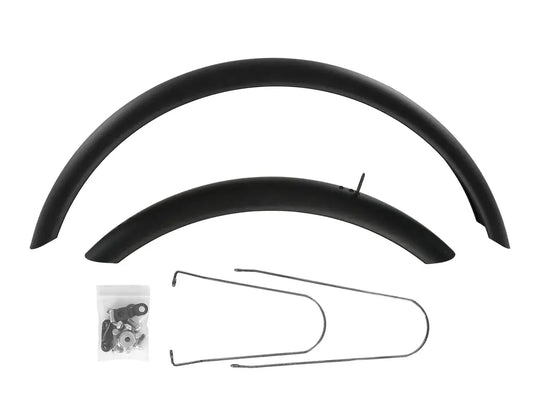
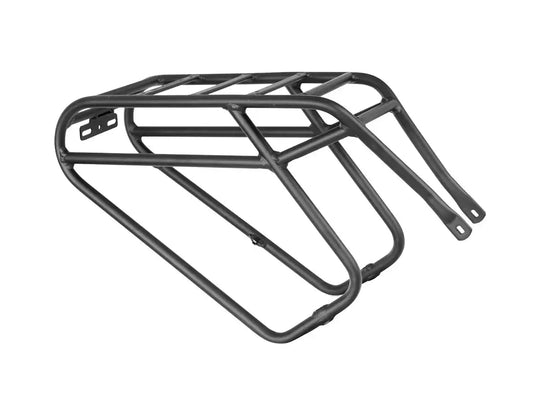
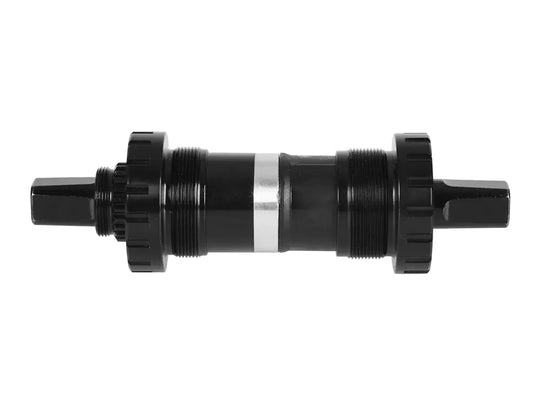
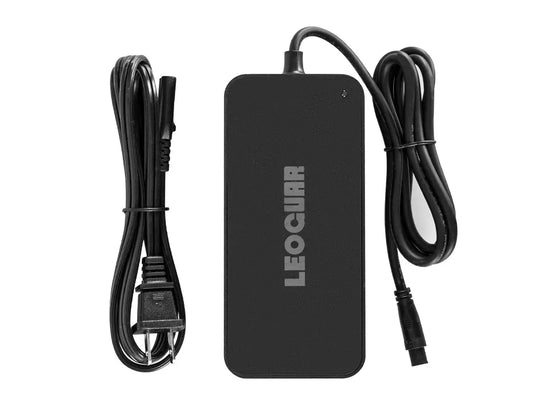
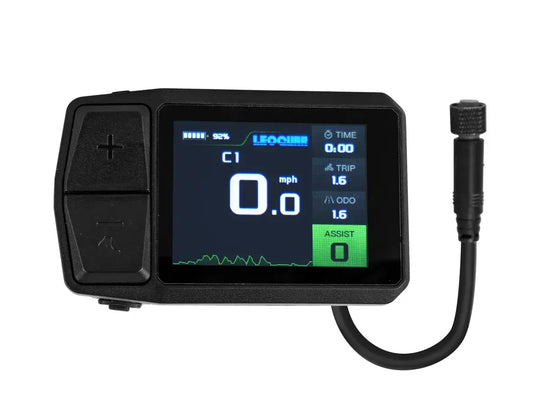
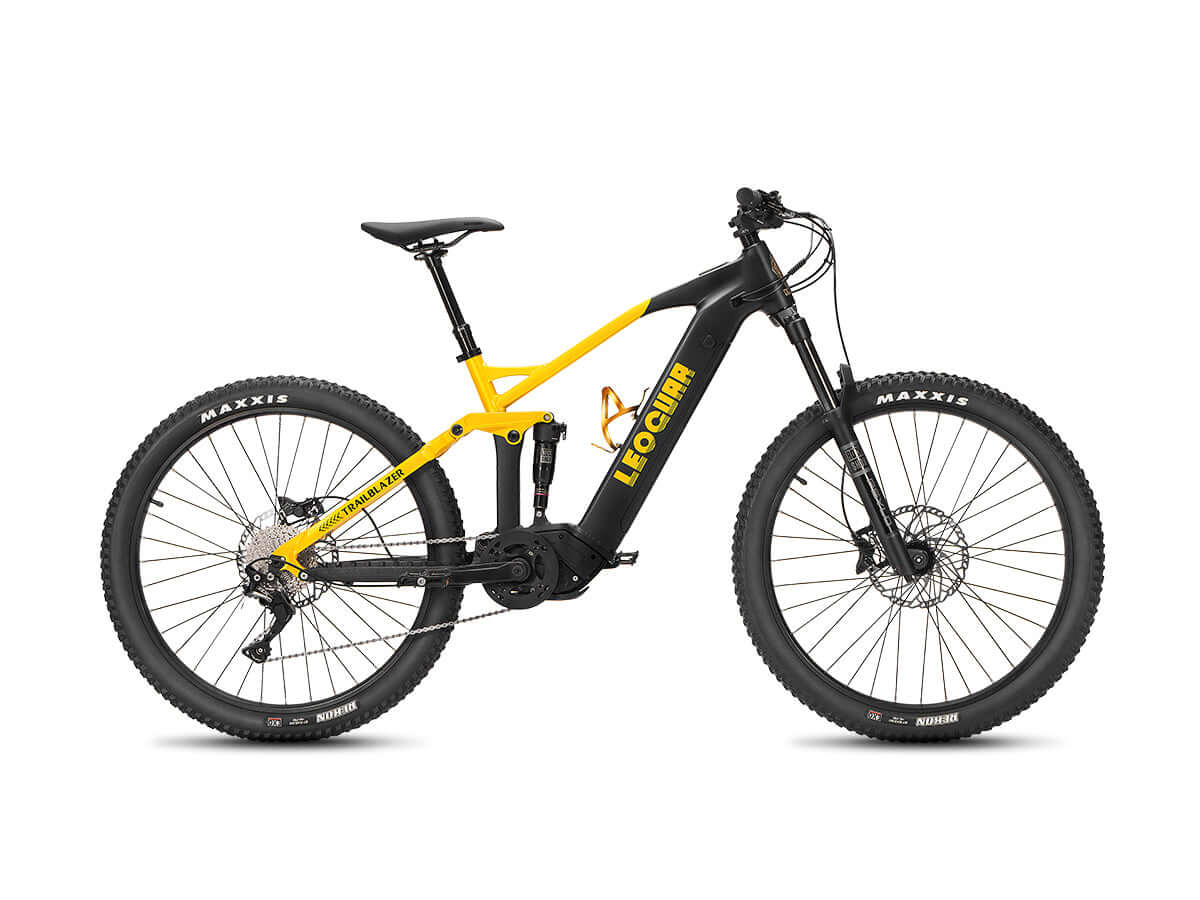








Leave a comment